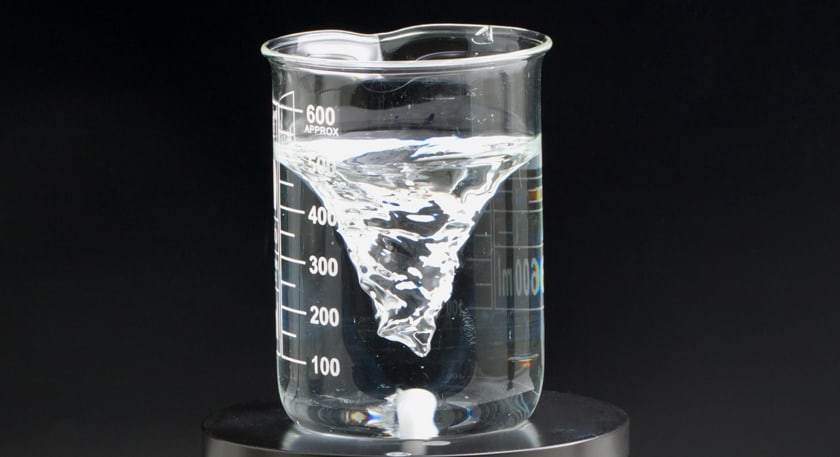Things to Consider When Choosing Heating and Stirring Equipment

All subjects
Heating and stirring are integral to many science demonstrations, from simple chemical reactions to multi-step titrations. Selecting the right equipment ensures students can conduct hands-on activities safely and effectively, reinforcing your lesson plans and enhancing scientific understanding.
Finding the right hotplate stirrers for your classroom can be easy—here’s what to consider!
1. Capacity and Volume Needs: Ensuring the Right Fit for Your Lessons
Ensure the hotplate stirrer you choose can handle the volume you work with. The top plate size should align with your vessels to avoid inefficient heating. Consider a model with high stirring power for larger or highly viscous samples to ensure proper mixing.
Use a compact model for small beakers and introduce students to solution preparation or simple reactions. For advanced lessons, larger models with high stirring capacities are ideal, such as those in the OHAUS Guardian™ Series, which can accommodate up to 20 liters, perfect for student collaboration.
2. Accuracy and Precision: Teaching Students the Value of Reliable Data
For consistent results, opt for digital models with precise temperature and stirring rate controls. Modern options feature microprocessor technology and calibration capabilities for high accuracy, making them ideal for repeatable experiments.
Accuracy and precision are essential in classroom lab activities, particularly chemistry and biochemistry lessons. Digital hotplate stirrers with microprocessor controls allow precise temperature and stirring speed adjustments. For example, teaching students about titration or thermodynamics requires stable heating and consistent stirring to illustrate concepts clearly.
The Guardian™ Series offers features like Single Point Calibration to match external thermometers, which helps maintain accurate temperature readings that meet educational standards and Good Laboratory Practice (GLP) requirements.
3. Operating Temperature Range: Choosing the Right Plate Material
Different top plate materials offer distinct benefits:
Ceramic Plates: Reach higher temperatures (up to 500°C), ideal for lab demonstrations such as combustion or rapid heat changes. They are easy to clean but may not heat evenly across the surface.
Aluminum Plates: Provide uniform heating with a slightly lower maximum temperature (up to 380°C), making them suitable for various middle and high school science demonstrations involving gentle to moderate heating. They’re durable and crack-resistant, perfect for frequent classroom use.
Ceramic plates might be used to demonstrate endothermic and exothermic reactions, while aluminum plates can be used for lessons involving gradual heating and phase changes.
4. Application Type: Matching Equipment to Lesson Objectives
Consider the viscosity of the samples used in your lab activities. Magnetic stirrers work well for less viscous solutions, perfect for simple chemistry lessons such as dissolving solutes or creating homogeneous mixtures.
However, when teaching lessons involving thicker solutions—like polymer science or biology experiments involving cell cultures—an overhead stirrer is more effective due to its higher torque and power. The OHAUS Achiever™ 5000 Overhead Stirrers are designed for these demanding applications and give students a clear understanding of how different equipment meets different experimental needs.
5. Safety Features: Prioritizing Student Safety in Every Experiment
Safety is the top priority in any science class, and today’s hotplate stirrers offer a range of features to support a safe learning environment. For example, Ohaus Guardian™ Series hotplate stirrers include advanced safety features like SafetyHeat™, which monitors for overheating and automatically shuts off the unit if needed. This helps reinforce safe lab practices for students. Indicators that stay lit when surfaces are still hot are must-have functions that help ensure students are always aware when equipment may be unsafe to touch.
Some advanced models, like those in the Guardian™ Series, even include features like SmartPresence™ and SmartLink™ technology. These tools show students how today's labs use technology to keep everyone safe and avoid accidents.
Choosing the Right Fit
Versatile hotplate stirrers with robust safety features and performance are available, designed to meet your classroom lab needs. Choose the model that best supports your lesson plans, creating hands-on, engaging activities that provide reliable results and deepen students' understanding.
